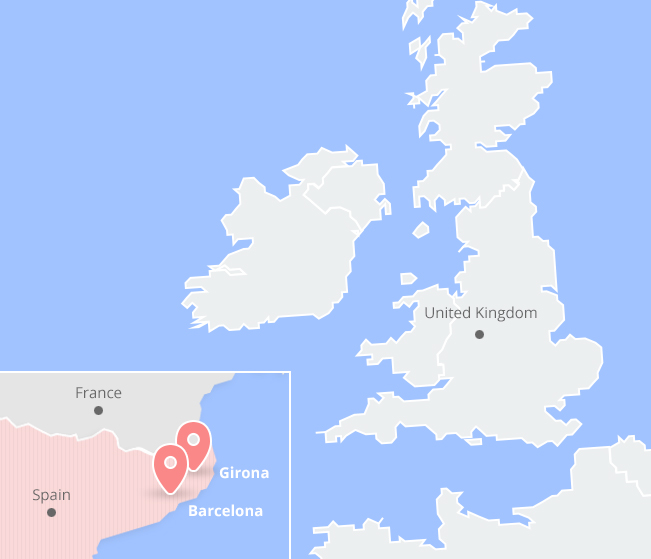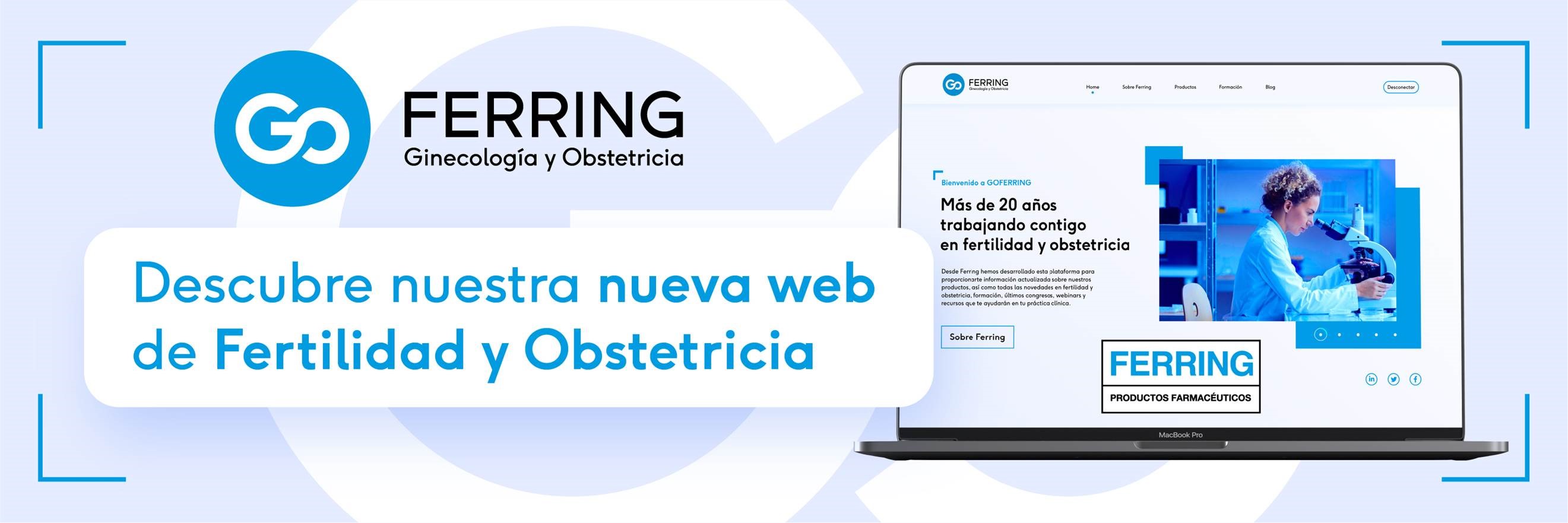Assisted reproduction: Complementary techniques
Blastocyst culture
Blastocyst culture or extended culture is an assisted reproduction technique that cultures the embryos obtained by In Vitro Fertilisation (IVF) in the incubator until day 5 of development. From this point on, the embryos are transferred to the uterus.
In order to carry out this assisted reproduction treatment, it is essential to have an in vitro fertilisation laboratory available with the most advanced technology and optimal culture conditions so that the embryos can culture and develop to the blastocyst stage.
What are the advantages of blastocyst culture?
IVF with blastocyst transfer is a fertility treatment that optimises embryo selection and identifies the embryos with the best potential for pregnancy. The longer the embryos are cultured, the more information we will have on their quality.
In vivo, the embryo reaches the uterus on day 5 of development, in other words, in the blastocyst stage. Therefore, from a physiological perspective, it is the optimal moment to make the transfer.

Do all the embryos develop to the blastocyst stage?
Not all embryos in an in vitro fertilisation cycle have the capacity to develop to the blastocyst stage. In fact, the development of the in vitro embryo from D+3 to D+5 involves progressing from 8 cells to more than 100 in the blastocyst stage. It is a very demanding process for embryos and they are often unable to fully develop.
It is essential that the embryos have good embryo morphology/quality at Day+3, as it is only in this case that they have a high probability of reaching the blastocyst stage.
There is a risk of not having embryos that are capable of developing to the blastocyst stage. Therefore, it is essential that the medical team assesses the patient’s clinical history and in particular the embryo quality of the in vitro fertilisation cycle, so that they can decide which day will be most suitable for embryo transfer from this information.




 Español
Español Français
Français Català
Català Italiano
Italiano Русский
Русский









